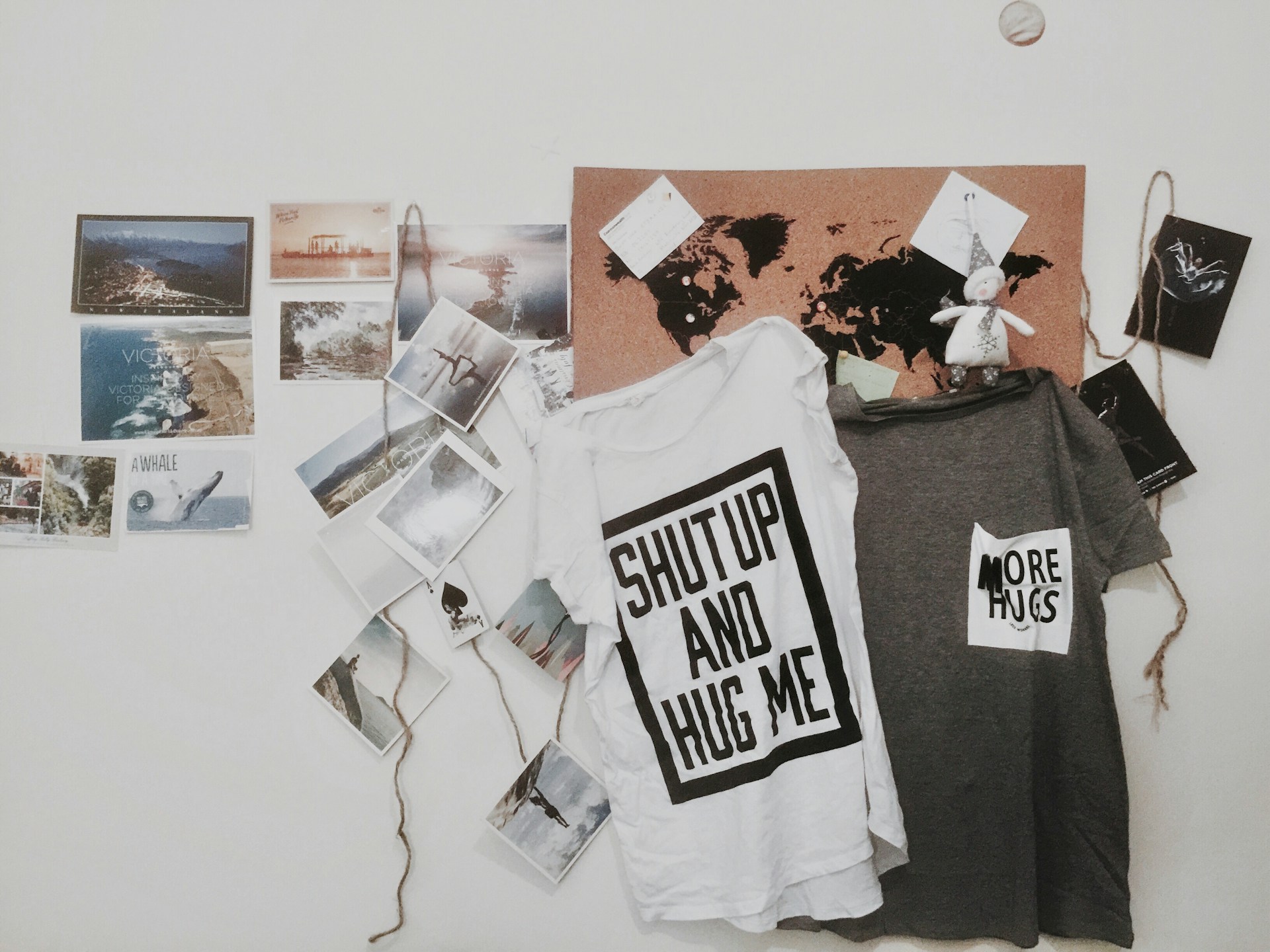Designing a T-shirt can be both an exciting and challenging endeavor. Whether you’re creating a shirt for a personal project, a business venture, or a special event, understanding the fundamental principles of T-shirt design can help you create something unique and appealing. This article will guide you through the entire process, from conceptualization to final production, ensuring that your design not only looks great but also resonates with your target audience.
Understanding Your Audience
Know Your Target Market
Before diving into the design process, it’s crucial to identify your target audience. Who will wear your T-shirt? Consider factors such as age, gender, interests, and lifestyle. A design aimed at teenagers may differ significantly from one intended for a corporate event or a family reunion. Conducting surveys or market research can provide valuable insights into what appeals to your demographic.
Identify Their Preferences
Once you know who your audience is, explore their preferences. What styles, colors, and themes do they like? Do they prefer humorous slogans or more serious messages? Analyzing existing trends within your target market can provide inspiration and guidance as you design your T-shirt.

Conceptualizing Your Design
Choose a Theme
With a clear understanding of your audience, the next step is to decide on a theme. Your theme could be centered around a specific event, a personal passion, a social cause, or a trend. Think about what message or feeling you want to convey through your design. A cohesive theme will make your T-shirt more impactful and memorable.
Brainstorm Ideas
Take some time to brainstorm ideas related to your chosen theme. You can jot down keywords, sketch rough drafts, or create mood boards. This creative process can help you visualize how your theme can translate into a visual design.
Designing the T-Shirt
Selecting Colors
Color choice is one of the most critical aspects of T-shirt design. Colors evoke emotions and can significantly affect the overall appeal of your shirt. Choose a color palette that complements your theme. For example, vibrant colors may work well for a fun, youthful design, while muted tones may be better suited for a more sophisticated look. Consider the T-shirt fabric color as well; contrasting colors can enhance visibility and impact.
Typography
If your design includes text, pay careful attention to typography. Choose fonts that are easy to read and reflect the tone of your message. You can mix different fonts for variety, but limit yourself to two or three to maintain a cohesive look. Ensure that the text is large enough to be legible from a distance, especially if it’s a slogan or quote.
Graphics and Illustrations
Incorporating graphics can elevate your T-shirt design. Depending on your theme, you might use illustrations, icons, or photographs. Make sure any graphics you choose are high-quality and relevant to your message. Simple, bold images often have the most significant impact, especially when printed on fabric.
Layout and Composition
Consider how all elements—text, graphics, and colors—will work together on the T-shirt. Aim for a balanced layout that draws the viewer’s eye without feeling cluttered. Experiment with different placements; common options include center, pocket area, or back designs. A well-composed design will be visually appealing and effective.

Mocking Up Your Design
Use Design Software
Once you have a clear concept, it’s time to create a digital mock-up of your T-shirt. Design software like Adobe Illustrator, Canva, or free alternatives like GIMP can help you visualize your ideas. Create a template of a T-shirt to see how your design looks in context. This step is crucial for identifying any issues with your layout, colors, or typography.
Get Feedback
After creating your mock-up, seek feedback from friends, family, or members of your target audience. Constructive criticism can help you identify strengths and weaknesses in your design. Be open to suggestions and make adjustments accordingly.
Finalizing the Design
Print Method Consideration
Choosing the right printing method is essential for the production of your T-shirt. Common options include:
- Screen Printing: Best for bulk orders, offering vibrant colors and durability.
- Direct-to-Garment (DTG): Ideal for detailed designs and small batches, allowing for a wide range of colors.
- Heat Transfer: Suitable for simple designs or one-offs, but may not be as durable.
Consider your budget, the complexity of your design, and the number of shirts you plan to produce when selecting a printing method.
Quality of Materials
The fabric quality will impact how your T-shirt looks and feels. Cotton is popular for its comfort and breathability, while blends can offer durability and wrinkle resistance. Research various fabrics to find one that suits your design and intended use.
Production and Marketing
Finding a Printer
Once your design is finalized, it’s time to find a reliable printer. Look for local print shops or online services with good reviews. Request samples to evaluate print quality and fabric comfort before placing a large order.
Setting a Price
Determine a pricing strategy that covers production costs while remaining appealing to your audience. Consider factors such as the quality of materials, print method, and market trends. Competitive pricing can help your T-shirt stand out in the market.
Promote Your T-Shirt
After production, it’s time to promote your T-shirt. Use social media platforms, your website, or local events to showcase your design. Engaging visuals and compelling stories about your design can attract potential buyers. Consider collaborating with influencers or using targeted ads to reach a broader audience.

